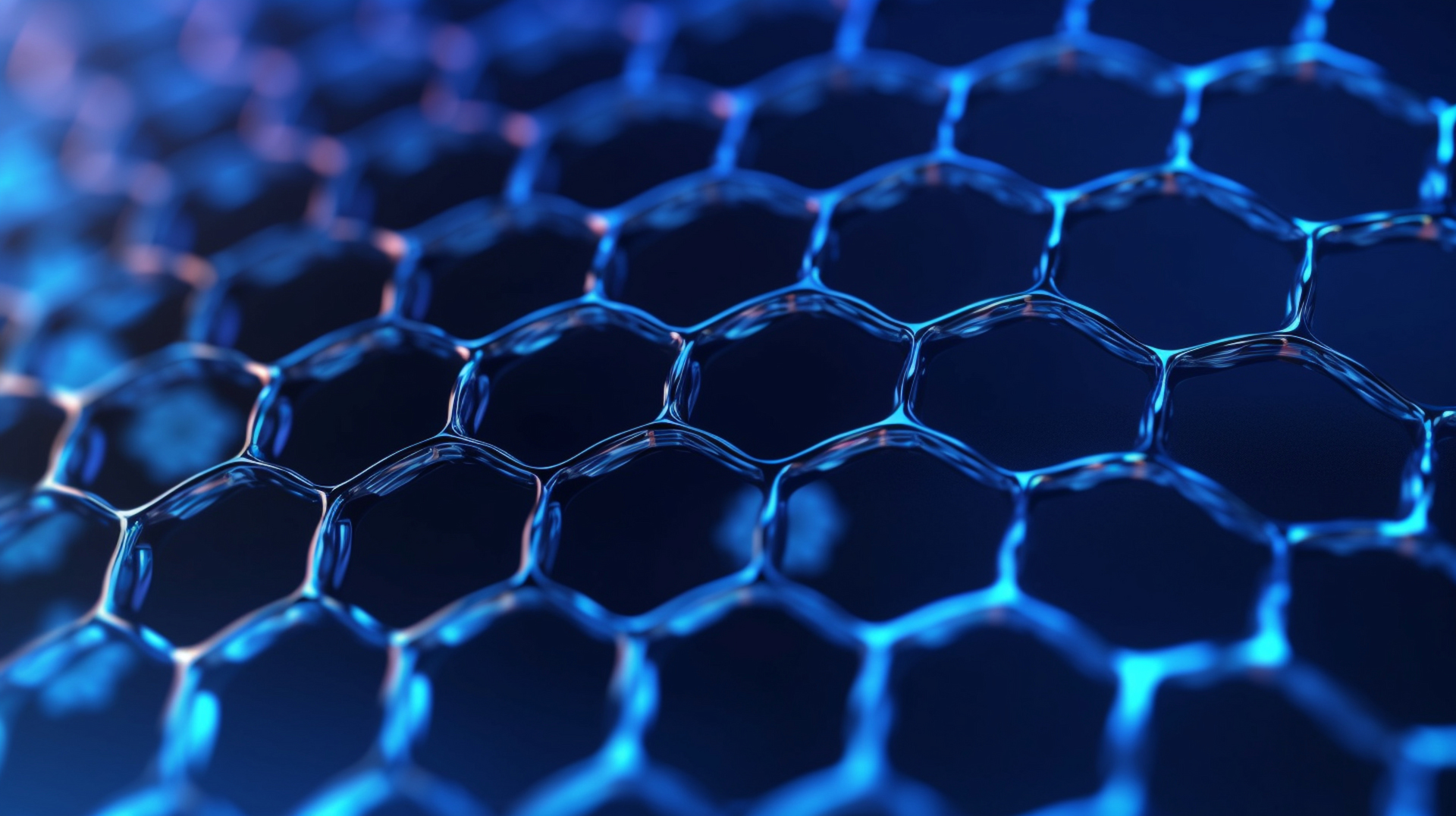|
Getting your Trinity Audio player ready...
|
For ages, the scientific community has been enamored by the potential of harnessing energy from the elusive matter waves of Louis de Broglie, often referred to as radiations of the unseen spectrum. The pioneering stride towards unraveling this mystery was taken by the illustrious Nikola Tesla, who termed these matter waves as “the aether.” Alas, his endeavors, while visionary, did not culminate in practical applications. The motivations behind such a detour in his work can be speculated upon endlessly. Still, the undeniable reality is that Tesla’s groundbreaking ventures in harnessing fuel-free energy and its subsequent deployment in electric mobility neither saw the light of day in industrial fabrication nor received due recognition. Instead, they tragically faded into obscurity.
So, what is this mystical ‘aether’ that Tesla alluded to? Insights gleaned since Tesla’s era indicate that it embodies a myriad of unseen spectral radiations, inclusive of an astounding neutrino flow of 60 billion particles per second traversing every square centimeter of our planet’s facade. This barrage of neutrinos, coupled with electrons and myriad other microparticles, personify the very essence of matter waves or, as they are famously known, the Louis de Broglie waves. The esteemed French physicist, Louis de Broglie, who was honored with the Nobel Prize in Physics in 1929, expanded on the profound concept of the dual wave-particle nature of light. In 1923, he postulated a revolutionary theory suggesting the universal applicability of this wave-particle duality. According to his assertion, not merely photons but electrons and essentially all matter particles exhibit an intricate dance of both wave and particle attributes.
Currently, only graphene, a marvel in the realm of two-dimensional materials, has demonstrated the ability to transform the energy of matter waves into an electrical current. While seemingly paradoxical, graphene boasts qualities of three-dimensional material, behaving much like the undulating surface of an ocean—its patterns of concave and convex curvatures mirroring the nature of waveforms. This revelation regarding graphene heralded a new epoch in our understanding of matter, reshaping the foundations of solid-state physics. Graphene’s unparalleled characteristics position it at the forefront of a multitude of groundbreaking applications. Its electric current density soars to unparalleled heights, surpassing that of copper by a million-fold, coupled with a remarkable mobility of charge carriers.
Each atom in graphene is intricately linked to three other carbon counterparts on a two-dimensional plane, leaving an electron free to roam and conduct in the third dimension. It’s widely acknowledged that graphene harnesses the energy of matter waves and the thermal (Brownian) motions of its atoms to produce an electrical current. Yet, the stumbling block has been that a singular graphene layer can only generate a minuscule alternating current. This current’s frequency is dictated by the micro-oscillations intrinsic to the “graphene wave”, as chronicled in the research findings of an esteemed team from the University of Arkansas, under the leadership of Professor Paul Thibado. Their findings, however, are more of a testament to this phenomenon rather than an exploration of its practical application.
In today’s scientific arena, the riddle of harnessing graphene for autonomous power solutions has been elegantly unraveled by the virtuosos at Neutrino Energy Group, led by the esteemed mathematician, Holger Thorsten Schubart. They’ve pioneered a sophisticated multilayered material, an intricate weave of graphene and doped silicon, gracefully settled upon a metal foil in the vacuum’s embrace. The quintessential composition of this avant-garde material boasts a ballet of 12 alternating layers of graphene and silicon, orchestrating a harmonious balance of 75/25%.
During their meticulous endeavors, it became clear to these scholars that the genesis of electric current is intertwined with the enigmatic “graphene waves”. These harmonic cadences, resonating in sublime synchronization, encapsulate the microcosmic dance of microparticles, transforming the thermal ballet of graphene atoms and the ethereal energy of Louis de Broglie’s matter waves into pulsating electric currents. This symphony of “graphene waves” culminates in the creation of an electromotive force (EMF) in every shimmering layer of graphene, a result of the mesmerizing duet between magnetic and electric realms.
In one conceptualization of how the energy of matter waves converts into electrical current, we envisage the electron’s orbital motion around a graphene atom’s nucleus as generating an ‘etheric breeze’. This is postulated to arise from the rotational dynamics of electrons within matter waves. This ethereal zephyr, in turn, stimulates the crystal lattice of graphene, causing it to resonate harmoniously with it. Such resonance gives rise to a discernible electron flux. Holger Thorsten Schubart eloquently posits, “One cannot single out a prevailing influence that alters the frequency and amplitude of ‘graphene waves.’ Rather, it necessitates a discussion on the intricate interplay of myriad radiations within the unseen spectrum, coupled with the effects of temperature.”
During the G20 summit in New Delhi on the 9th and 10th of September 2023, Holger Thorsten Schubart elegantly outlined the pioneering work unfolding in the realm of alternative energy solutions in the Energy & Technology section. He delved into the imminent pre-industrial field evaluations of their groundbreaking, fuel-free power generators—dubbed the Neutrino Power Cube.
Leveraging their groundbreaking neutrinovoltaic technology, these cubes have showcased remarkable efficiency and promise. A pilot initiative is set to see the deployment of Neutrino Power Cubes in a select number of homes, a testament to the impending large-scale production that’s on the horizon. As this initiative gains momentum, new production facilities in various international locales are slated to unfold, with high aspirations of substantially amplifying the production capacity in the coming years. This visionary trajectory speaks volumes about the commitment to innovate and the potential that the Neutrino Power Cubes hold for the future of alternative energy.
This is a translation from Russian; the original article can be found here: Волны материи Луи де Бройля – устойчивый источник энергии


